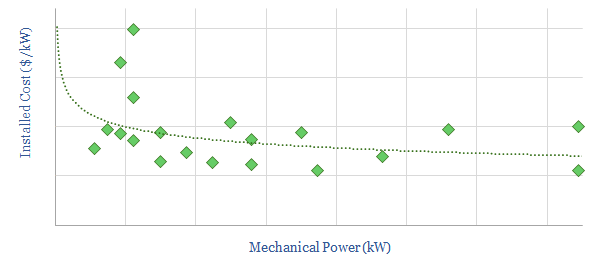
…the energy transition. We outline how centrifugal, reciprocating and screw compressors differ, the energy requirements of compression, compressor costs and leading companies. $199.00 – Purchase Checkout Added to cart Next we tabulate…
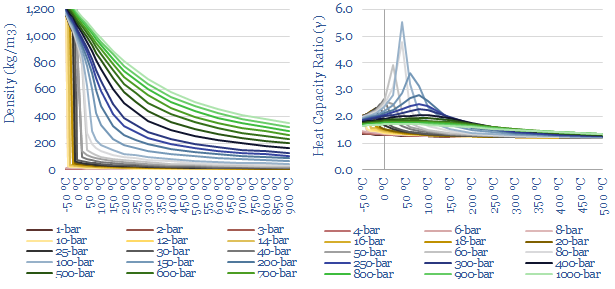
CO2 is a strange gas. This matters as energy transition will require over 120 GW of compressors for 6GTpa of CCUS. This 13-page note explains CO2 compression and CO2’s strange…
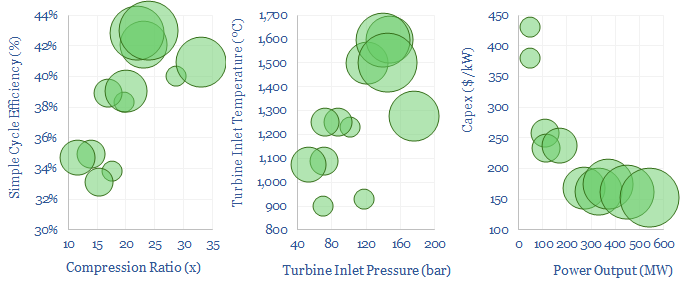
…more flexible (data here). And they may also be easier to decarbonize directly (example here). How does a gas turbine work? First, air is drawn into a compressor. The compression…
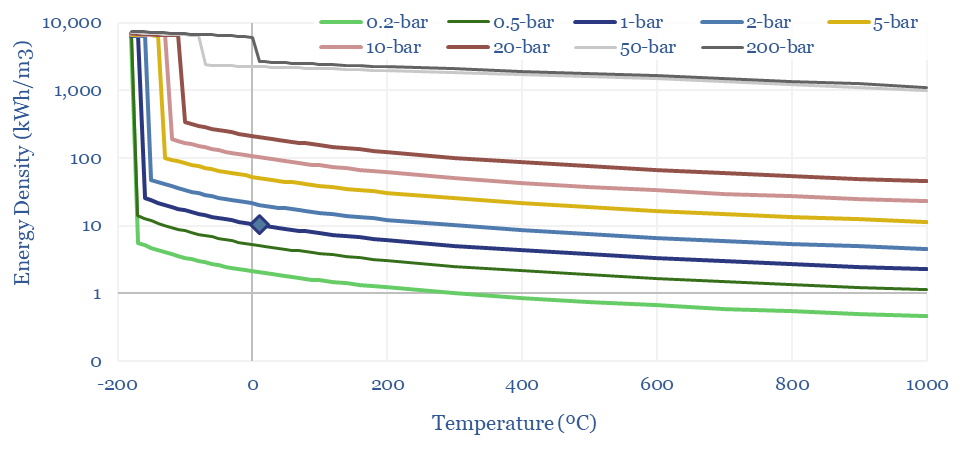
The density of gases matters in turbines, compressors, for energy transport and energy storage. Hence this data-file models the density of gases from first principles, using the Ideal Gas Equations…
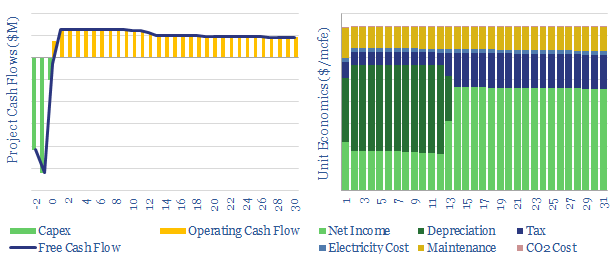
…of input variables, such as capex costs, pipeline distance, transport volumes, compression energy, energy costs, operating and maintenance costs. Our conclusion is that new hydrogen pipelines will cost 2x new gas…
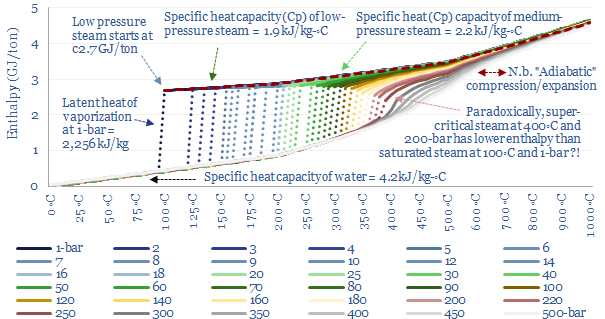
…compressions and expansions as being isentropic. Assume that heat energy cannot flow in or out of the system during the compression or expansion process, and thus that entropy remains constant….
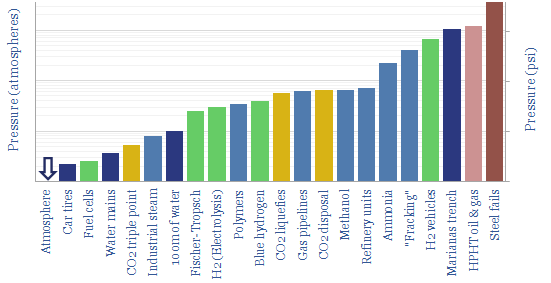
…conventional energy and chemical companies have good pre-existing experience with engineering and managing pressure-vessels, and raising gases to high pressures using compressors. But is the need for compression rising in…
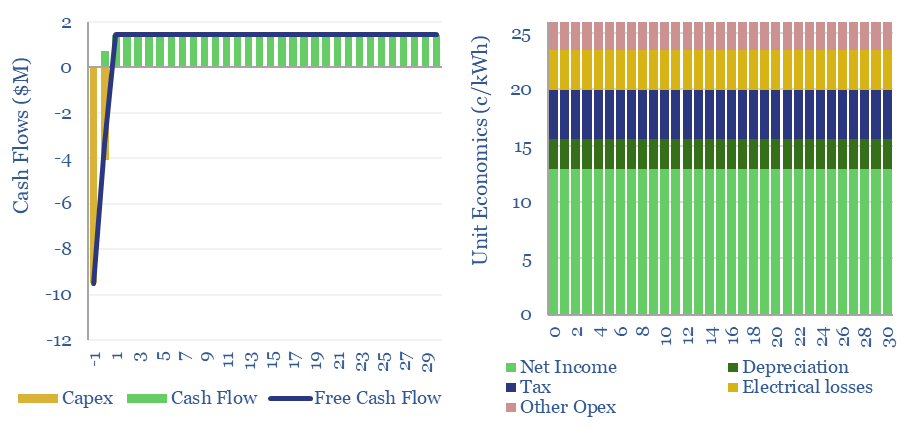
…first principles, assuming 78% compressor efficiency, 90% turbine efficiency and 97% generator efficiency (matching the numbers in our power plant loss attributions). Another 3-30% will be lost due to compressed…
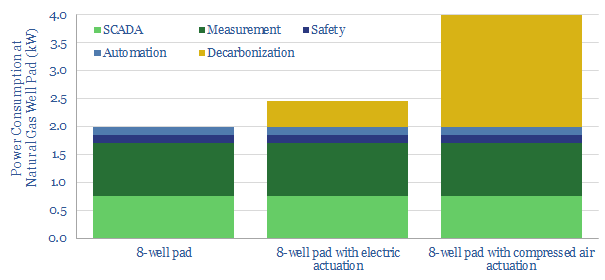
…cause warming when it bleeds into the atmosphere. But a compressor is needed, and the compressor needs to be powered (below). Qnergy’s Powergen product uses a Stirling engine to generate…
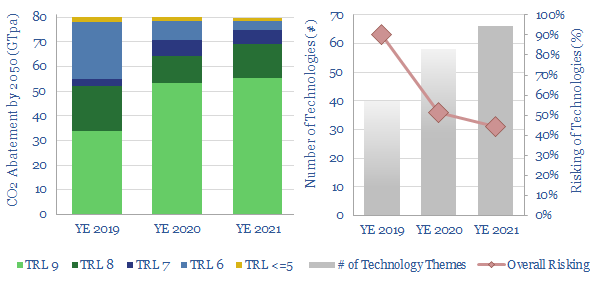
…also a mature technology. The first compressor was built by Viktor Popp in Paris in 1888, and the first commercial (mobile) reciprocating compressor was developed by Ingersoll Rand in 1902….










